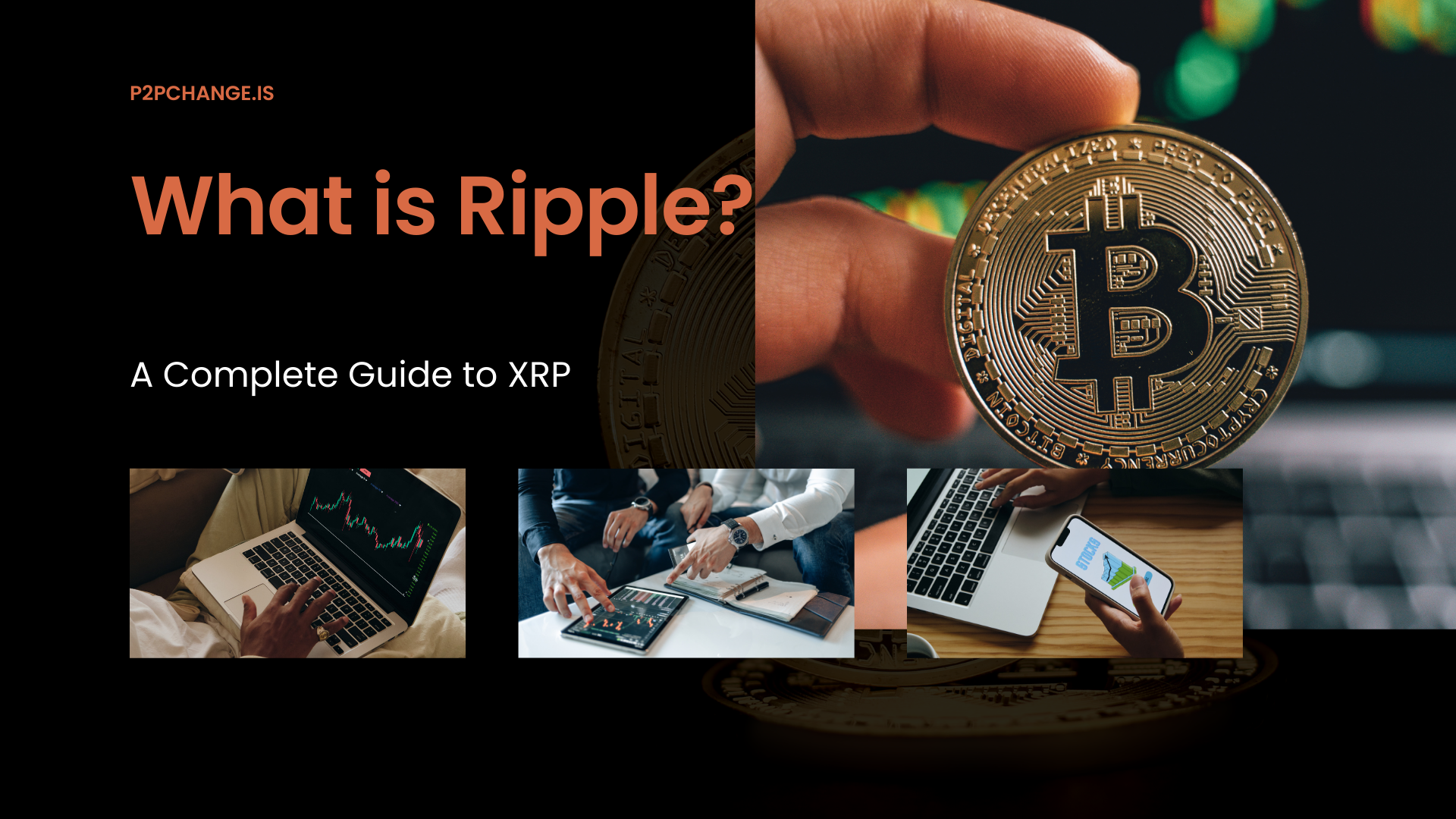
Ripple, often associated with its cryptocurrency XRP, has emerged as a pioneering force in the blockchain space, focusing on seamless cross-border payments and institutional adoption. While frequently confused with its cryptocurrency, Ripple is both a company (Ripple Labs) and a blockchain ecosystem (RippleNet). This guide explores Ripple’s origins, technology, legal challenges, and the role of XRP as a bridge currency.
1. Understanding Ripple: Company vs. Technology
What is Ripple?
Ripple is a San Francisco-based company founded in 2012 by Chris Larsen, Jed McCaleb, and Arthur Britto. It operates two key components:
- RippleNet: A global network of financial institutions using Ripple’s blockchain-based infrastructure for fast, low-cost cross-border transactions.
- XRP: The native cryptocurrency of the XRP Ledger, used as a bridge currency to settle transactions between different fiat currencies.
Ripple vs. XRP
- Ripple: Refers to the company and its network (RippleNet).
- XRP: The cryptocurrency that operates on the XRP Ledger, a separate blockchain.
2. The XRP Ledger and Technology
How Does XRP Work?
The XRP Ledger is a decentralized, permissionless blockchain that uses a consensus algorithm to validate transactions in seconds. Unlike Bitcoin’s Proof-of-Work (PoW), XRP’s XRP Ledger Consensus Protocol (XRPLC) achieves consensus by relying on a network of validators (trusted nodes). Key features include:
- Speed: 1,500+ transactions per second (TPS).
- Low Fees: Near-zero transaction costs.
- Decentralization: While validators include both independent nodes and Ripple-affiliated entities, the network is open to all.
XRP’s Role as a “Bridge Currency”
XRP is designed to reduce the friction in cross-border payments. For example:
- A bank in the U.S. sends USD to a bank in India.
- Instead of waiting days for SWIFT processing, the transaction is settled in seconds by converting USD to XRP, then to INR.
3. RippleNet: The Institutional Blockchain Solution
RippleNet connects over 400 financial institutions, including Santander, MoneyGram, and Standard Chartered, enabling real-time settlements. Its core products include:
- xCurrent: Used for cross-border payments.
- xRapid: Leverages XRP to reduce liquidity costs.
- xVia: A universal payment interface for businesses.
4. Legal and Regulatory Challenges
The SEC Lawsuit
The U.S. Securities and Exchange Commission (SEC) sued Ripple in December 2020, alleging that XRP is an unregistered security. The case hinges on whether XRP qualifies as an investment contract under the Howey Test. Key points:
- Ripple’s Defense: Claims XRP is a utility token, not a security.
- Market Impact: The lawsuit caused XRP’s price to drop from $0.35 to $0.15 in 2021.
Global Regulatory Environment
- EU: XRP is classified as a cryptocurrency under MiCA regulations.
- Japan: Recognized as a legal payment method by some banks.
- India: Banned in 2023 under the Cryptocurrency and Regulation of Official Digital Currency Bill 2022.
5. Use Cases and Partnerships
Real-World Applications
- Cross-Border Payments: Banks use RippleNet to replace slow SWIFT transfers.
- Remittances: MoneyGram cut costs by 40% using xRapid.
- Corporate Treasury Management: Companies like IBM and American Express experiment with XRP for liquidity.
6. Why Invest in XRP?
Potential Benefits
- Institutional Adoption: RippleNet’s partnerships signal institutional trust.
- Scalability: XRP’s high TPS makes it suitable for mass adoption.
- Global Reach: Ripple’s focus on emerging markets (e.g., Africa, Asia) could drive demand.
Risks to Consider
- Regulatory Uncertainty: The SEC lawsuit’s outcome could redefine XRP’s status.
- Competition: SWIFT, Stellar (XLM), and CBDCs (central bank digital currencies) pose threats.
- Volatility: XRP’s price swings (e.g., 2021’s 80% drop) make it risky for risk-averse investors.
7. Competitors to Ripple
Key Players in Cross-Border Payments
- SWIFT: Dominates traditional systems but faces criticism for slow speeds and high fees.
- Stellar (XLM): A decentralized alternative with similar goals to Ripple.
- Crypto Networks: Bitcoin (BTC) and Ethereum (ETH) also aim to disrupt remittances.
8. Future Outlook for Ripple and XRP
Regulatory Clarity
- A court ruling in the SEC case (expected in 2024) could either legitimize XRP as a currency or classify it as a security.
- Ripple’s shift toward XRP Settlement: Focusing on real-world use cases to prove utility.
Market Adoption
- Emerging Markets: Africa’s unbanked population could drive XRP adoption for P2P payments.
- Partnerships: Scaling partnerships with banks and remittance companies.
9. Conclusion
Ripple’s vision of revolutionizing global payments through XRP and RippleNet is ambitious but faces significant hurdles, including regulatory battles and competition. While XRP’s price volatility and legal risks deter some investors, its speed, low fees, and institutional backing make it a compelling long-term play. As the fintech landscape evolves, Ripple’s success will hinge on balancing innovation with compliance.